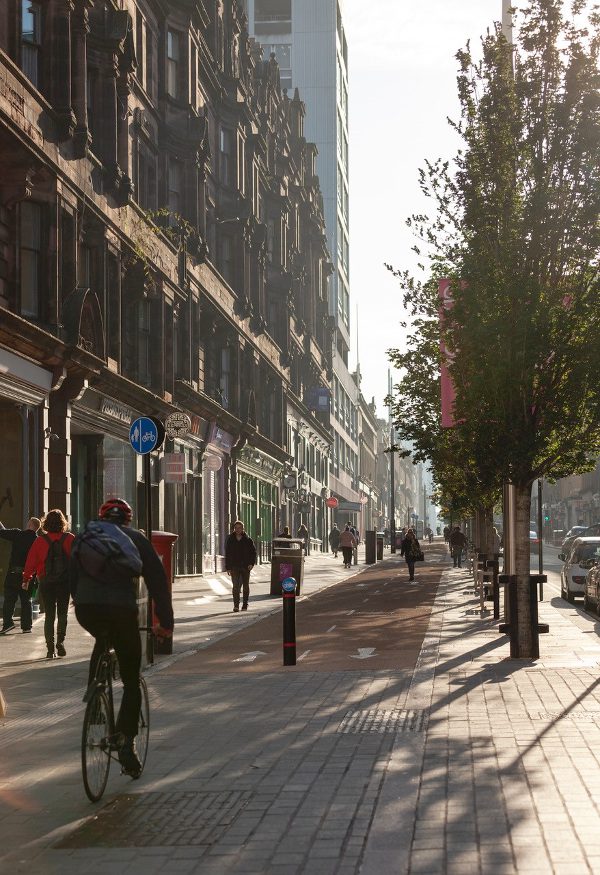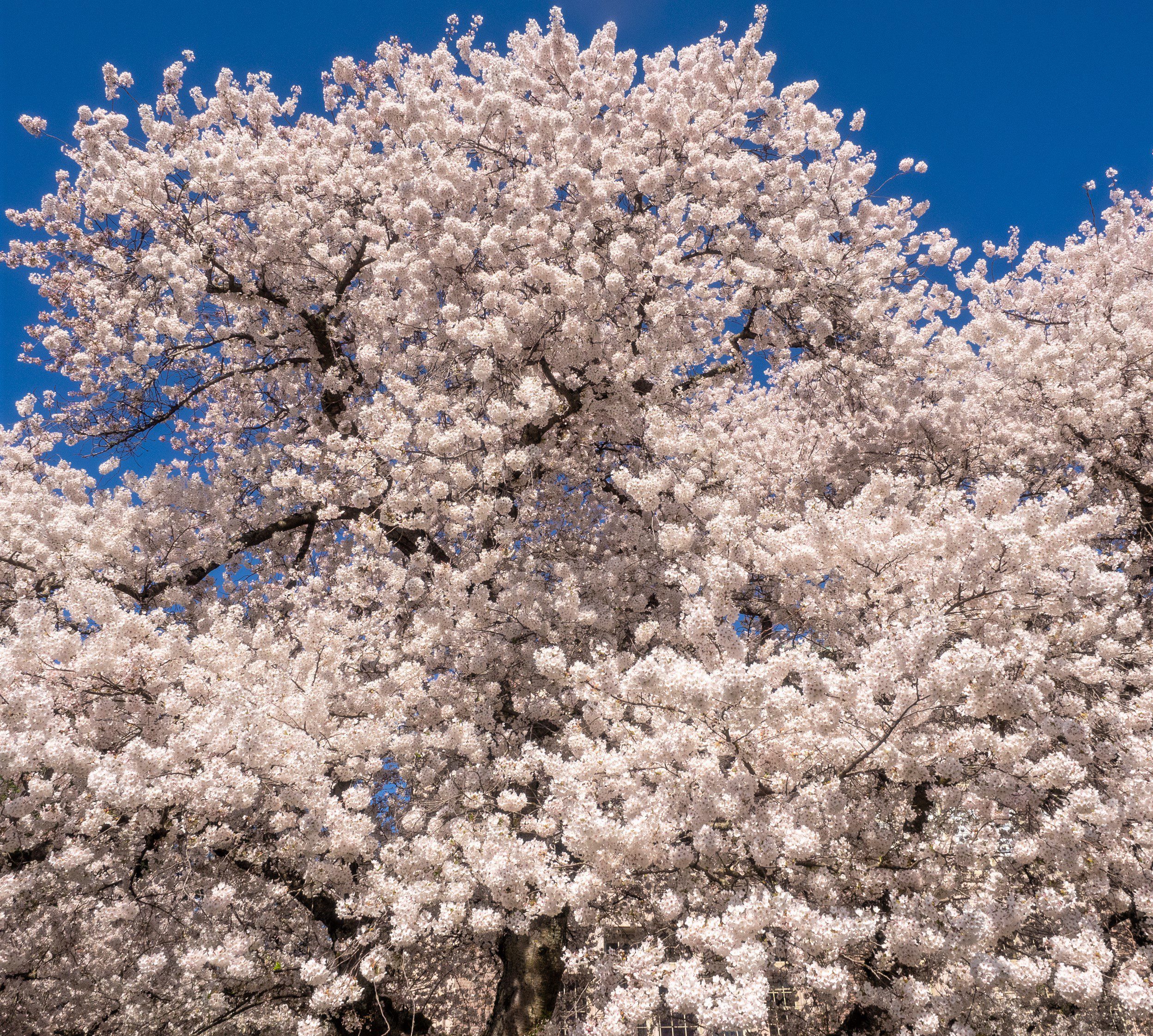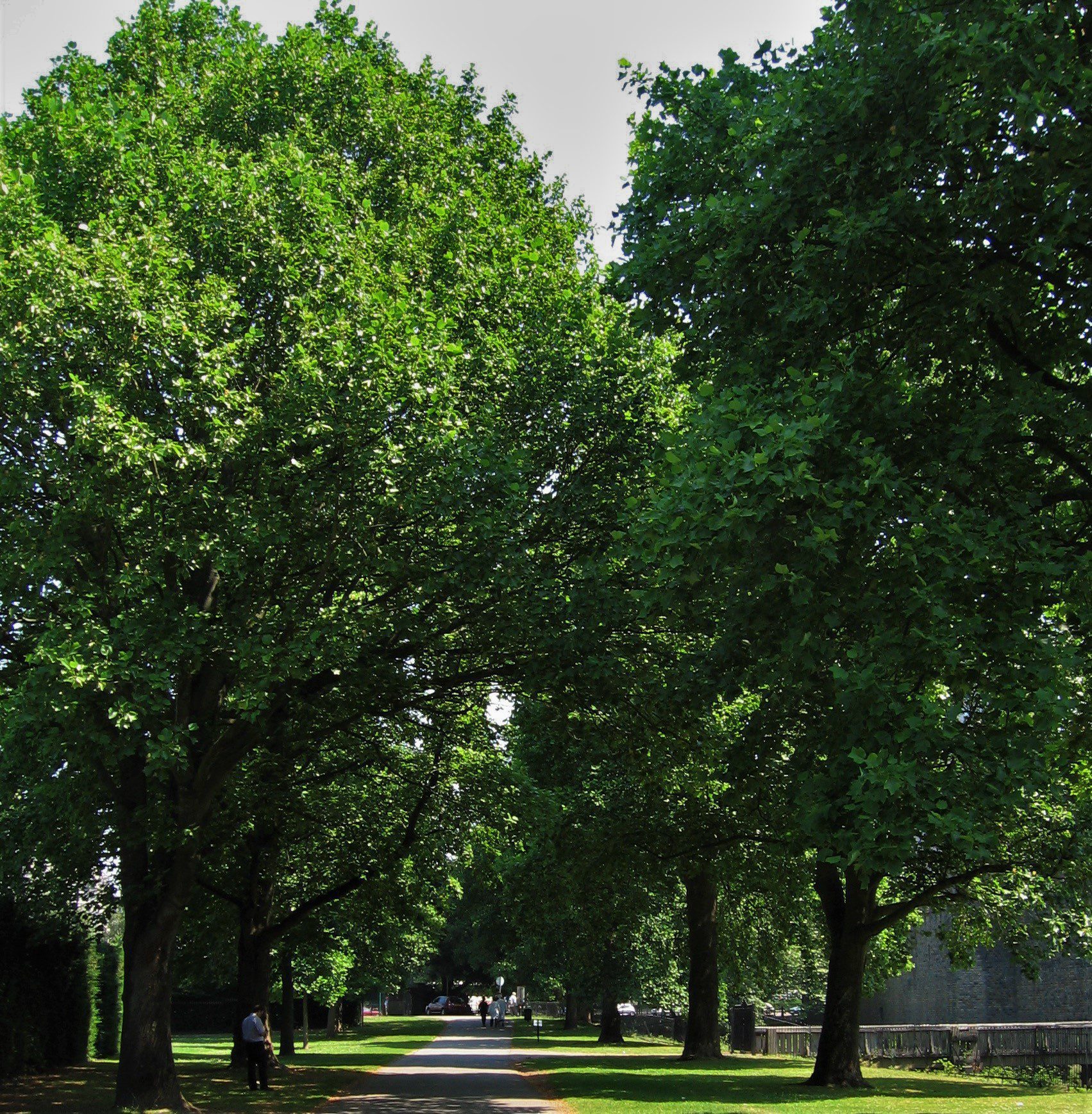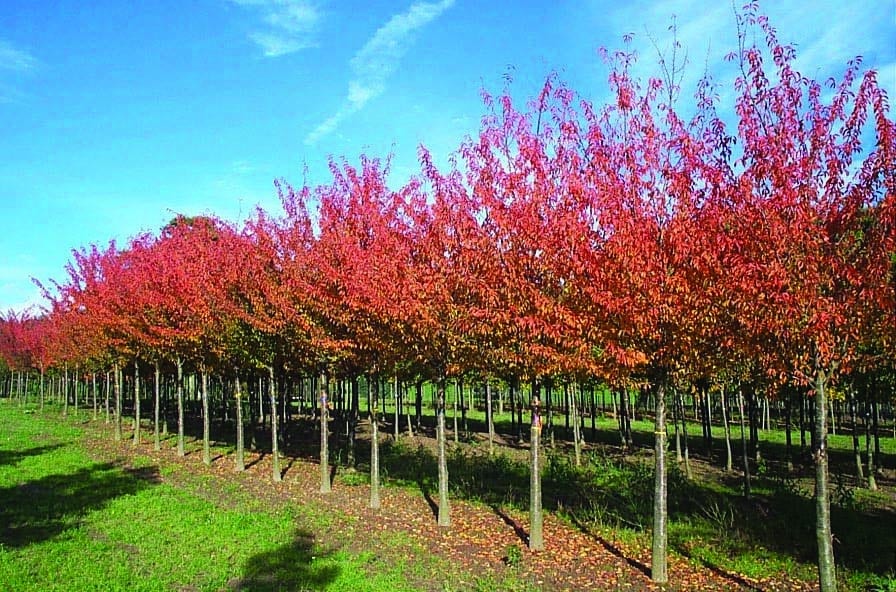The traditional approach to planting avenues of single species trees is evolving, with more mixed avenues being specified. lets explore the latest trends in avenue planting.
Throughout history, people have used avenues to enhance approaches and draw attention to specific features. For example, the avenue of sphinxes leading to the pharaoh Hatshepsut’s tomb dates back to 1400 BC and remains a testament to this day.
Requests for grand avenues in tree planting projects are common. Previously, the norm was to plant two rows of single tree species on either side of the avenue for a grand, uniformed entrance, a technique extensively employed by the Victorians. However, this trend is gradually shifting.
Historically, species for avenues were chosen for their grand size, impressive forms, and rapid growth. However, the spread of tree diseases has impacted many avenues, leading to a preference for diverse species. There’s a growing demand for incorporating different species into a single avenue to mitigate disease risks.
Mixed avenue planting offers several advantages. It helps control the spread of diseases and creates visually appealing, biodiverse landscapes with varied tree colours and sizes. Moreover, it supports a wider range and wildlife.
Case Study: Glasgow City Centre Avenues Project
In 2018, we participated in the pilot Avenues project in Glasgow City Centre. The project aimed to transform Sauchiehall Avenue as part of a larger redevelopment initiative by Glasgow City Council. Tree selection prioritised instant impact, biodiversity, and biosecurity, with species like Acer campestre ‘William Caldwell’, Acer platanoides ‘Deborah’, Carpinus betulus ‘Fastigiata’, and Ginkgo biloba, all chosen for their urban tolerance.

While mixed avenues offer benefits, there’s still a case for adopting a single species approach. Edward Scanlon highlighted the importance of each tree species having its own symbiotic relationship and soil preferences, similar to urban crops. His experience replacing elms devastated by Dutch Elm Disease in Cleveland, USA, demonstrated the value of street-by-street diversity while maintaining visual coherence. Both mixed and single-species approaches to avenue planting have their merits, depending on site-specific factors and personal preferences. We offer technical assistance and recommendations for avenue planting, as well as expertise in biosecurity and biodiversity.
Key Trees for Avenues
A wide range of trees are suitable for use as part of avenue planting projects. Varieties recommended by Hillier Trees include:
Acer platanoides ‘Deborah’
A very hardy tree which endures urban pollution, drought and reflected heat. During autumn, observers liken the canopy cover to a capsulated firework display, featuring vivid reds, burnt oranges, and yellows. View Acer platanoides ‘Deborah’
Betula ‘Edinburgh’
Only 50 years ago, breeders hybridised this recent addition to the birch family. With its upright, tight canopy, B. ‘Edinburgh’ is ideal for busy shopping districts and retail high streets. It will take well to lifting the canopy, and its dappled summer shade will not darken shop windows or entrances. Its white peeling bark will also contrast well with the urban infrastructure. View Betula ‘Edinburgh’
Ginkgo biloba
The national tree of China and a favourite amongst landscapers the world over. The Ginkgo, renowned for its stunning autumn beauty. When planted and matured along avenues, the autumn show of its golden leaves is breathtakingly beautiful. View Ginkgo biloba
Ulmus ‘New Horizon’
Ulmus New Horizon is a medium to large tree which is completely resistant to Dutch Elm Disease (DED). In maturity, it forms an attractive rounded canopy with fresh green leaves, which continue to look fresh even in drought conditions. View Ulmus ‘New Horizon’
Contact Hillier Trees today to discuss your avenue or any other commercial tree planting project



